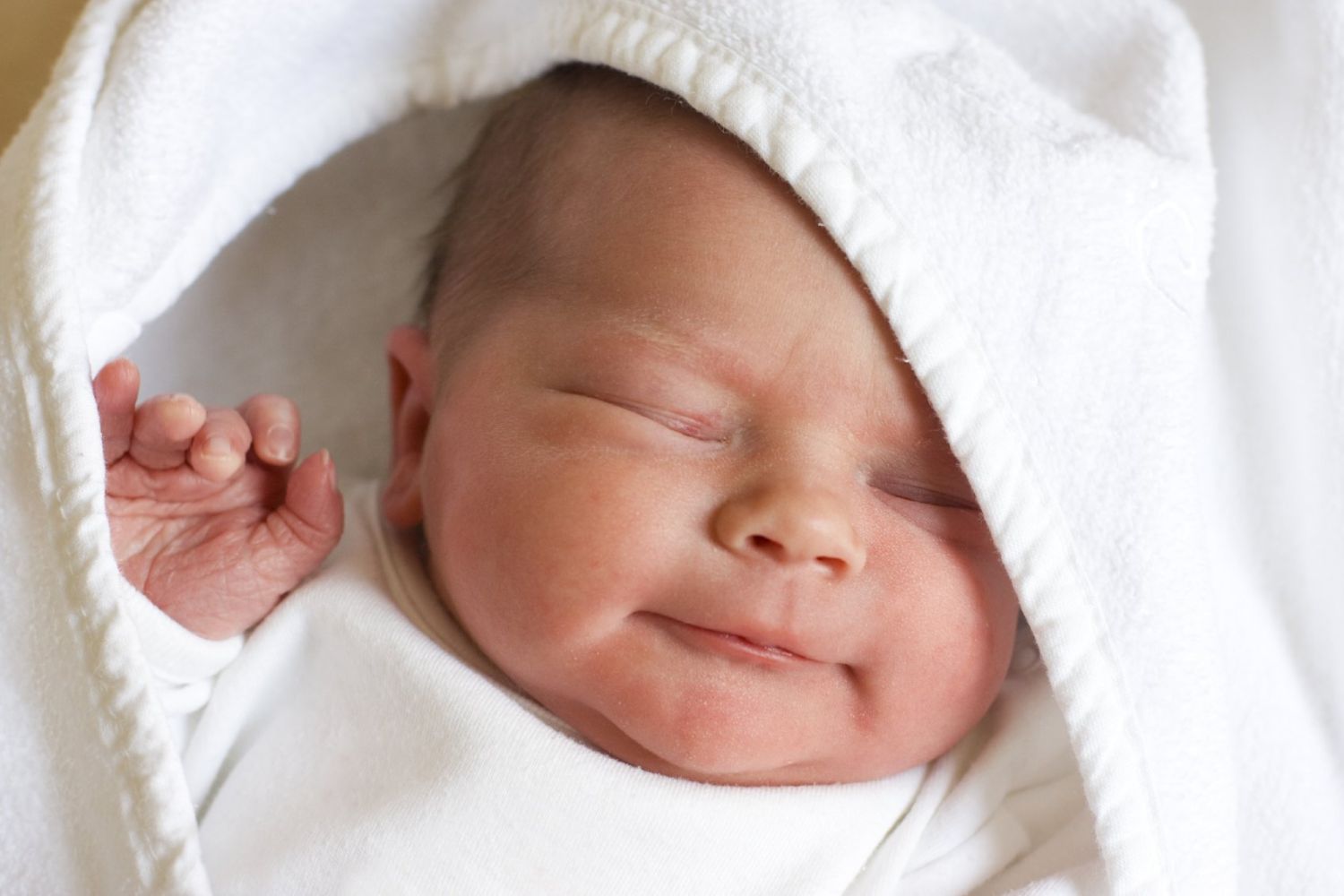Do the positive properties of the MicroVeda microorganisms also apply to pregnant women, babies and infants? Isn’t special caution required when dealing with bacteria? As an answer, this sentence alone could already apply: „No human being can live without bacteria.“ Bacteria are in our bodies, on our bodies, and all around us. From the moment we are conceived, we receive bacteria from our mother and father and develop in our mother’s womb until we are born. During the birthing process, the baby comes into contact with the entire bacteria count of the birthing process in the mother. This initial contact is especially crucial in building our microbiome. The bacterial colonization on our body contributes decisively to the formation of our immune system and is therefore extremely important, especially in the first months of life. This is because it is here that the foundation is laid for a lifetime. The healthier the bacterial colonization in our environment, the healthier our own microbiome on the skin and the stronger our immune system. Contact with pathogenic germs, which we are always afraid of, leads to a lower susceptibility to disease when the immune system is strong. The bacterial community organizes itself and continues to work effectively to sustain life, even in contact with new, different, foreign bacteria. Babies born by cesarean section have a more difficult start in building the microbiome on the skin, as they are not given the mother’s bacteria through the birth canal. It is therefore a good idea to smear them with smears from their mother after birth, as some midwives do, for example. You are going to have a cesarean section? Talk to your midwife about it, she will be able to advise you further. In the following weeks, it is the bacterial colonization at home that will have an influence. If this is healthy and adapted to that of the mother and father, the child will also have an easy time building up its microbiome on this basis. A too sterile environment disturbs this building process. In the course of life, we then come into contact again and again with new bacteria that join the community, so that the community can reorganize itself again and again. The way we eat also exerts an influence on our microbiome every day. During pregnancy: After birth: So you don’t have to be afraid of bacteria even during pregnancy. They are not as bad as their reputation. The use of e.g. antibiotics can be important and mandatory on medical advice, but the use of bacteria-killing agents should always be well considered (especially during pregnancy and breastfeeding) and ideally accompanied by a purely natural dietary supplement, which can at least re-settle the regenerative microbes in the body at the same time and create good chances for a rapid bacterial balance. Please consult your doctor for more information. Do not worry if your child puts his fingers in his mouth at home. Your home environment, if not overly hygienic, has a healthy environment of bacteria that benefits everyone who lives there, even dogs and cats affect the microbiome of your household. Because they also have a microbiome and live in our bacterial environment and if this is in balance, as an extreme example, even the dog toy accidentally in your child’s mouth can not cause a great panic in terms of bacteria, although certainly it is not advisable to deliberately allow this to happen. So enrich your environment supportively with MikroVeda microorganisms to ensure a healthy environment and get rid of the fear of bacteria. In the past 30 years, it was the pioneers in the field of Effective Microorganisms research who managed to bring together bacteria that can work particularly well together. To date, they have developed preparations based on natural ingredients that, when fermented with the addition of Effective Microorganisms, can achieve remarkable effects. To date, these preparations have been perfected and are used in a variety of ways to create healthy bacterial environments. They are GMO-free and of natural origin. The bacterial composition consists of lactic acid bacteria, photosynthetic bacteria and yeasts that occur freely in nature. They are specially adapted to the respective area of application. To build up the microbiome, especially during pregnancy and with small children in the household, the following preparations are recommended: Both pregnant women and infants can take MikroVeda Life supplements. What can I do to best prepare my baby to build a healthy microbiome?
Microorganism preparations suitable for building and maintaining a healthy environment:






However, start taking them carefully and feel your way up to the amount, as each organism reacts differently. The MikroVeda microorganisms in the preparation act naturally and can contribute to a healthy balance of bacteria in the internal microbiome and thus to gastrointestinal health. Babies should not take supplements yet. Begin introducing solid foods with communitized microbiome supplements slowly at first, and approach with caution.
Children with digestive problems of any kind can take MicroVeda microorganisms in the form of fermentation drinks as a supplement to a balanced diet. The stool may change positively in consistency and smell and the child may feel more comfortable again.
The microbiome in pregnancy and after birth


